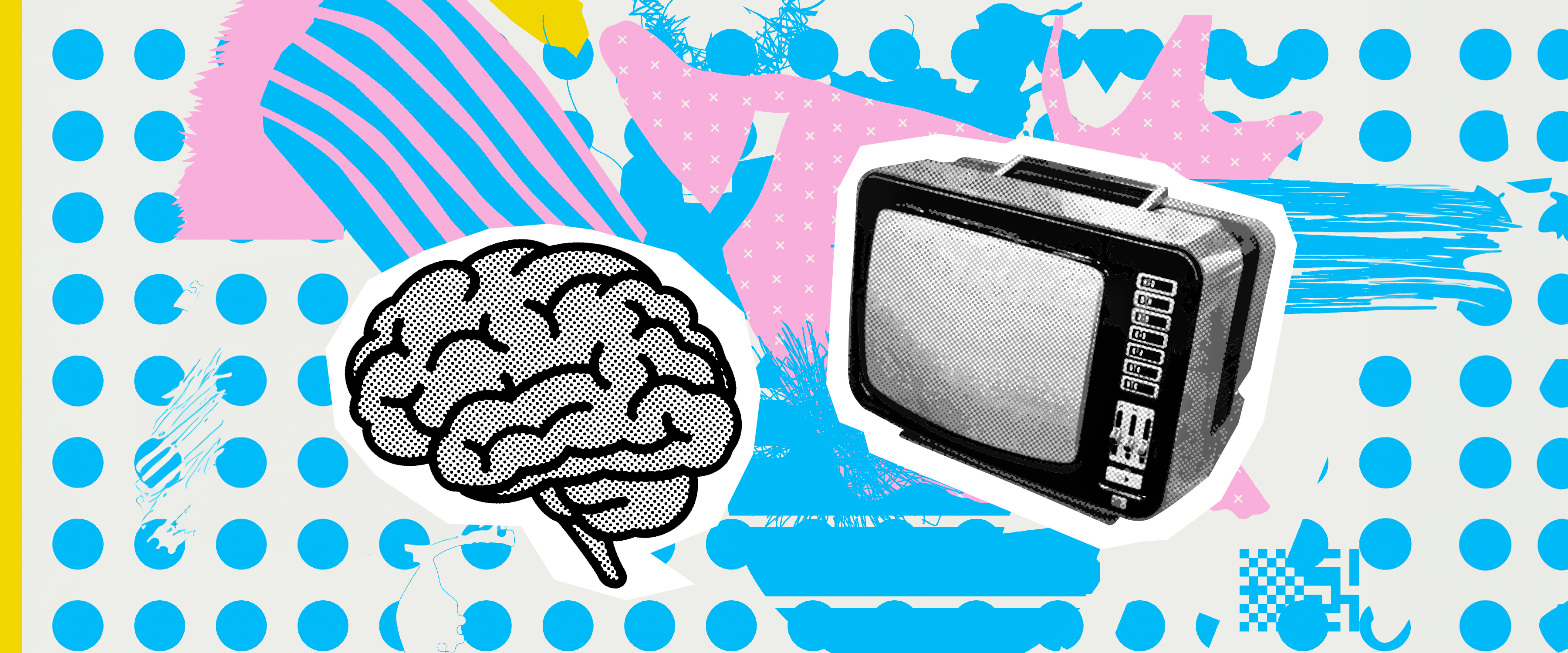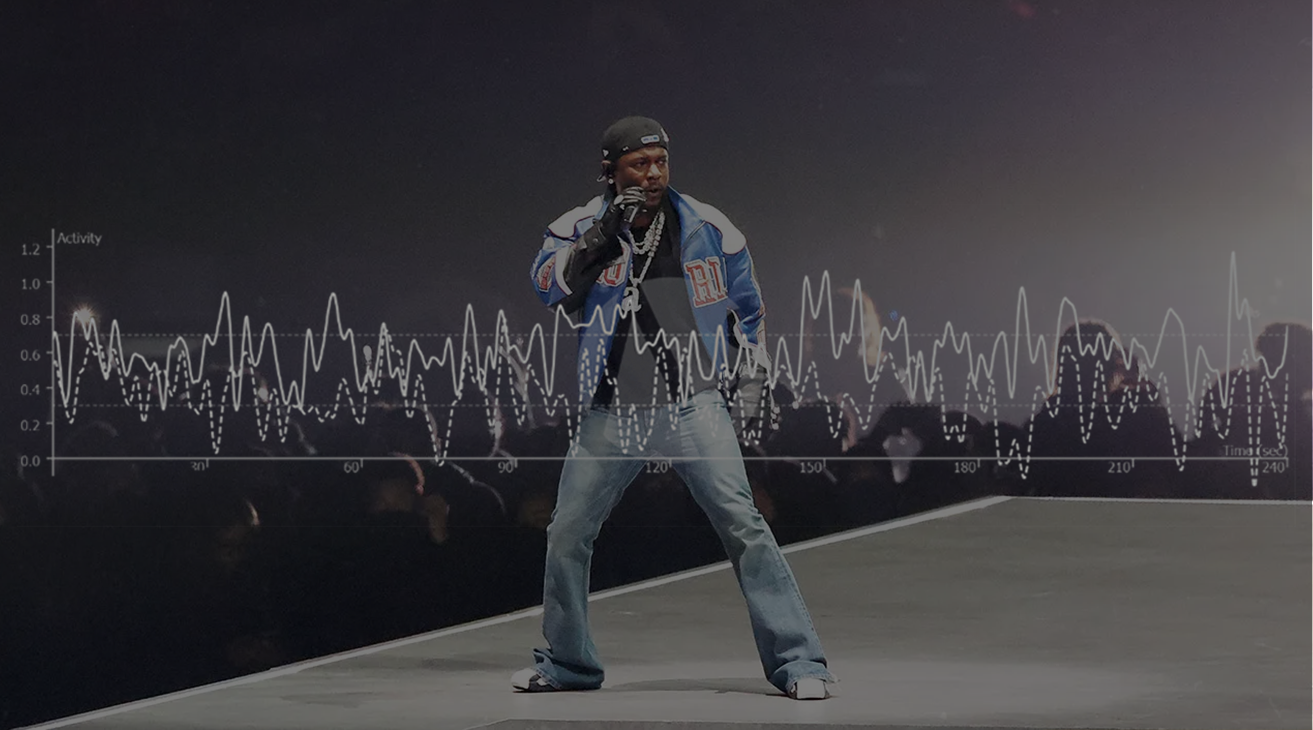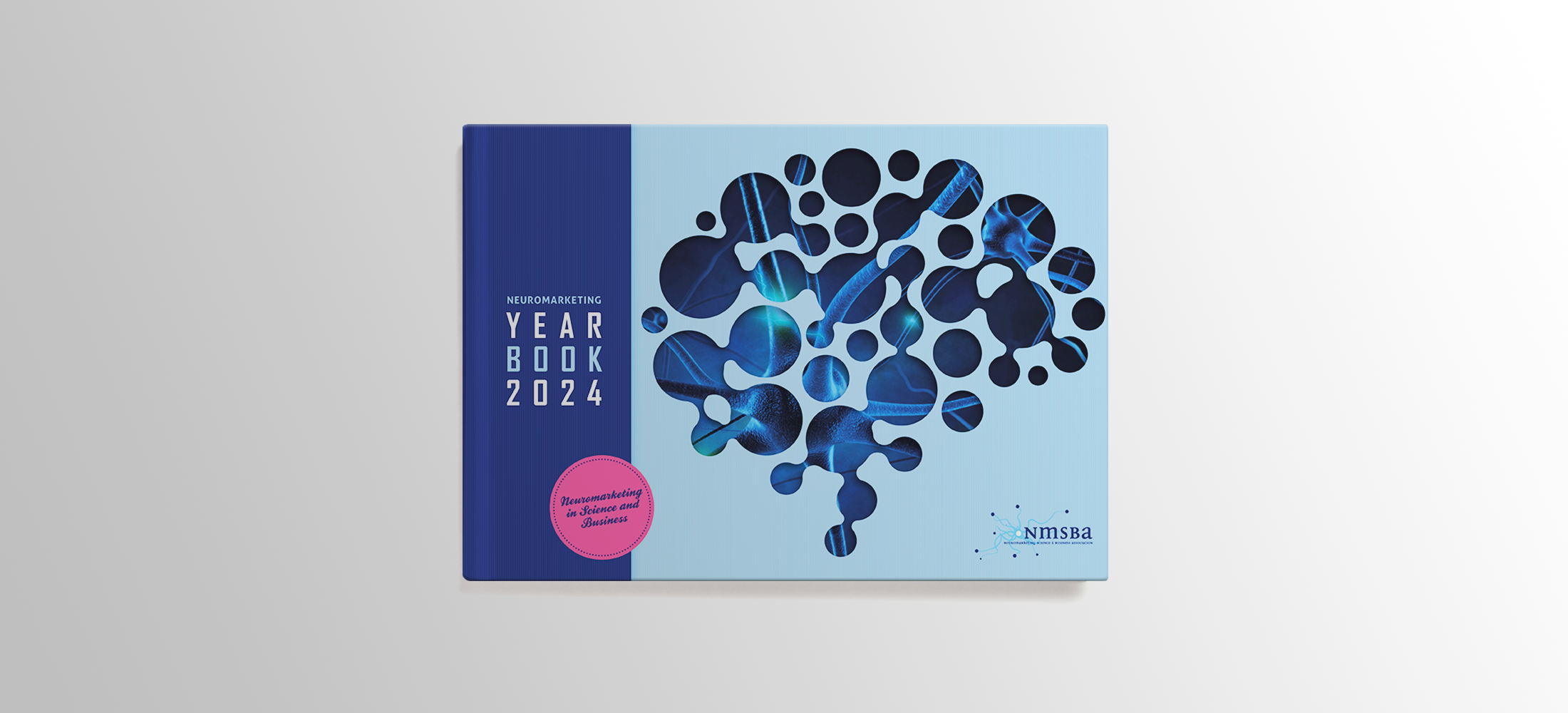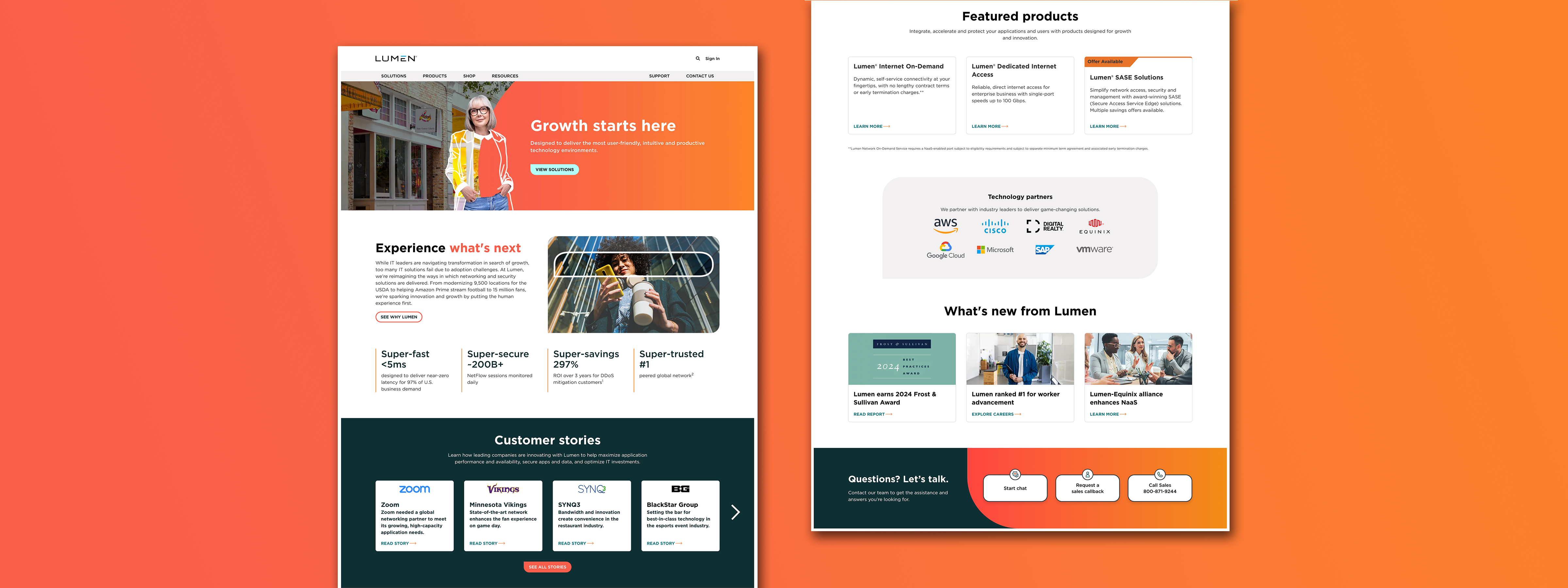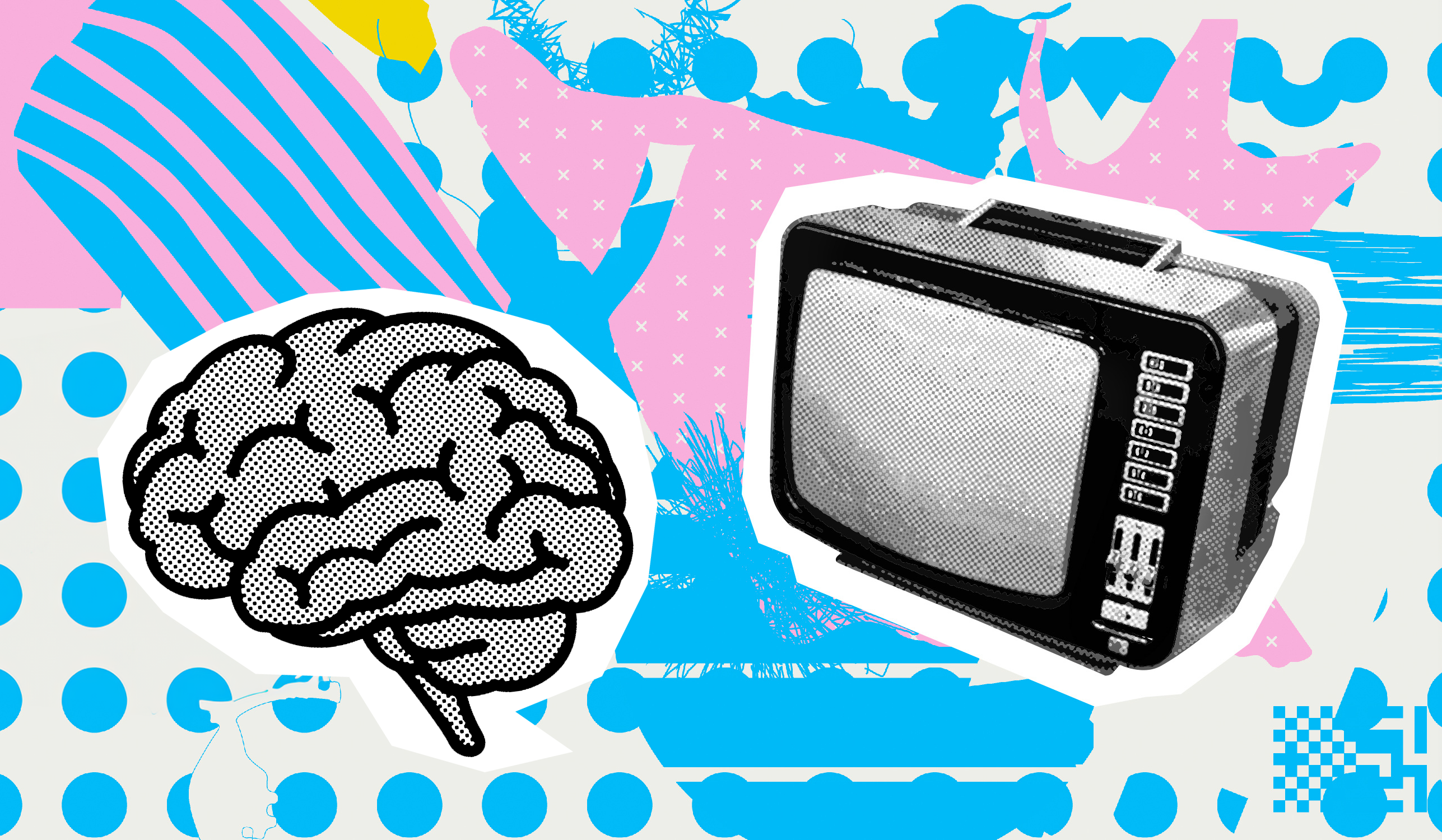Forging connections in today’s marketing landscape is a constant battle. But what truly makes a TV ad resonate?
In a recent study published in WARC, Neuro-Insight analyzed 4 years of data and 150 UK ads. Of course, each ad had a unique recipe, blending various creative elements – we distilled it down to 21 key ingredients: actors, animals, brand assets, brand color, branding moments, category, celebrities, children, duration, early branding, final branding, interaction, music, product role, real people, sonic branding, story type, style, tonality, verbal branding, and visual branding.
As seasoned marketers, a few of these findings may be obvious. But, as we know, throughout history, common sense is not that common. With the back of real, subconscious neuro-data, Nero-Insight was able to power a peak TV body like Thinkbox’s quest to uncover the true drivers of creative efficacy. Here are four findings that caught our attention:
1) Weave, Don’t Sell
Context: Consumers are savvier than ever. Overt sales tactics fall flat.
Impact: Marketing is the only language of communication between brands and consumers. Platforms are the grammar of that communication. And the stories we tell are the very words and thoughts that give soul to this grammar and language.
Brands that made their product intrinsic to the story saw a 140% increase in both memory and personal relevance compared to ads where there was an overt focus solely on the product. Let your product be the hero of its own journey, not just a random prop. So, the job of the brand is to seamlessly integrate your product into the narrative.
2) People Power: Humans Crave Connection
Context: We’re social creatures. We are built for connection.
Impact: If we have to take the 15-year-old fruit of Neuro-Insight’s labor and squeeze out the juice (the elixir), it would reveal the single-most important factor that creates memories (the most scarce resource in the brain which is the only thing that drives future behavior) is personal relevance. It may seem obvious, but the list of ads we studied do not reflect the obvious truth that we are more open to receiving stories that are personally relevant to us in their topic of discussion, in the problem they are solving, in the story they are representing, and the people whose stories they are telling.
Forget faceless campaigns. Ads with relatable characters forge deeper connections, making your brand’ logo at end branding 24% more memorable and 15% more personally relevant.
3) Please Don’t Stop the Music
Context: Music is more than just background noise. In a visually overstimulated world, listening is a sense that uses a different receiving device (the ears) and a different path to the brain, memory, and association creation.
Impact: We separated ads into those with no music, passive/background music, prominent music, and music that is driving the ad. We saw that ads where music was driving the story statistically outperformed those that had no music.
Ads that use music as a tool to bolster the narrative elicit significantly higher memory and emotional responses throughout. It’s the soundtrack to your story – choose a score that amplifies your message and resonates with your audience.
4) Time is Money: Finding the Sweet Spot
Context: Attention spans are shrinking, but humans require time to connect and understand a story. So, how long is the perfect ad?
Impact: 30 seconds is the golden ratio — they were significantly more emotionally impactful and memorable versus 20-second ads. 60-second ads, although having strong levels of memory, lack the emotional punch needed to truly resonate (momentum is lost as the clock ticks). Shorter ads, on the other hand, leave little room for connection and impact. Pace, music, and momentum are key to building excitement – don’t lose steam and don’t overstay your welcome (mentally)!
So, what’s the takeaway? Although there is no prefect creative formula, data-driven learnings from neuroscience can be used as guidelines that empower brands to craft TV ads that captivate, connect, and drive results.
Don’t miss the article in WARC:

